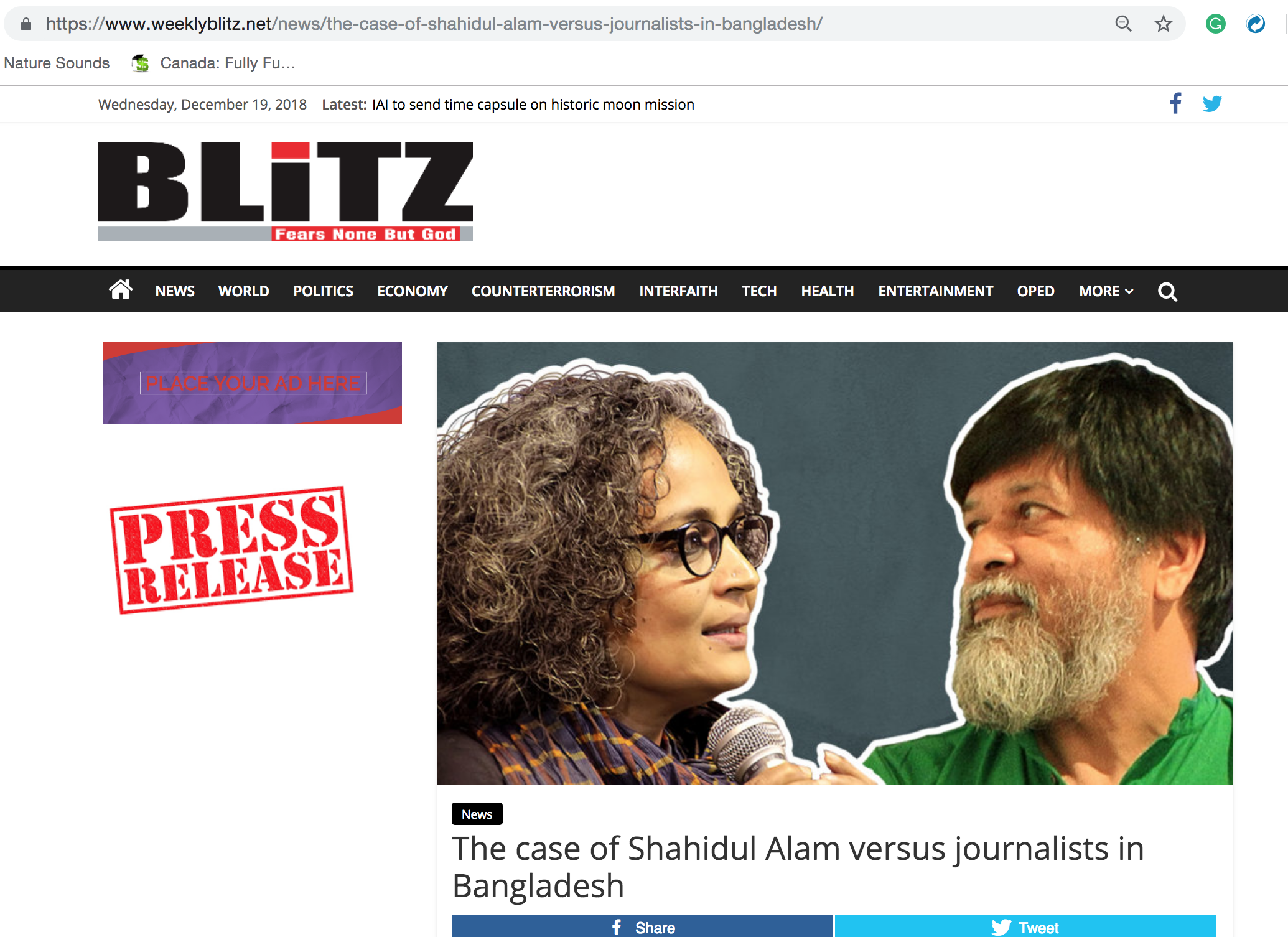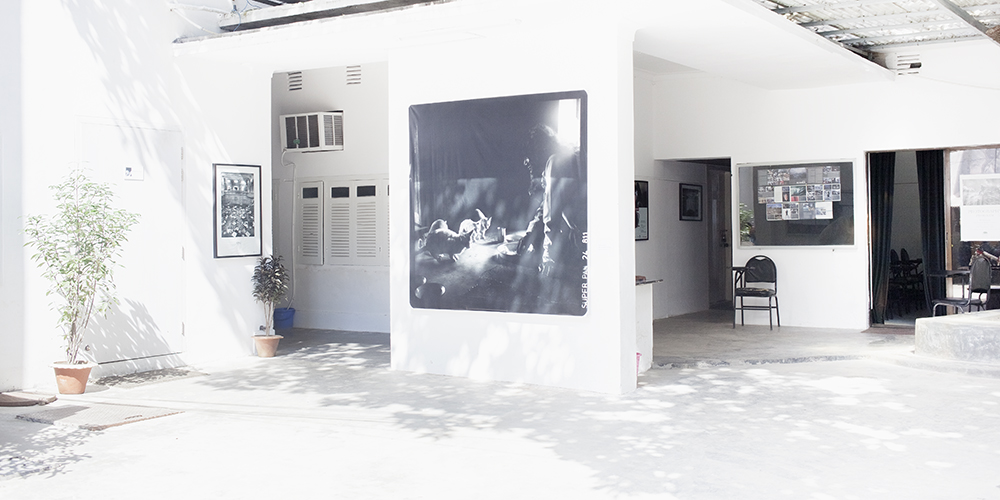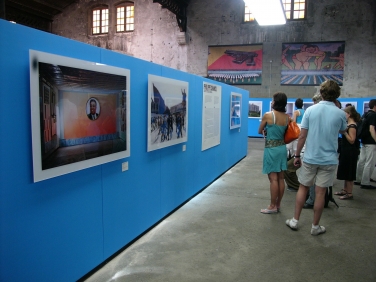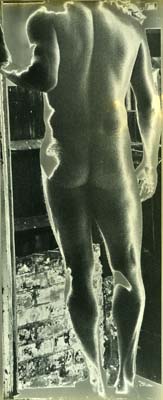Shahidul Alam is a Bangladeshi photojournalist, teacher, and social activist. A TIME “Person of the Year”, he is celebrated for his commitment to using his…
Nilsson certainly wasn?t the first to photograph the fetus. A number of photographs of embryos and fetuses appeared in the?July 3, 1950 issue?of?Life?magazine, but Nilsson was thought to be the first to photograph live fetuses in the uterus. The editor?s note of the 1965 issue of?Lifereads,
The opening picture in Nilsson’s essay, a live baby inside the womb, is a historic and extraordinary photographic achievement… [A] doctor said, ?As far as I know, in utero pictures such as Nilsson’s have never been taken before. When you take living tissue in its living state and view it in its natural surroundings you can see things you can’t see afterward. Being able to view the fetus inside the uterus, and being able to note its circulatory details, is rather sensational from our point of view.?








